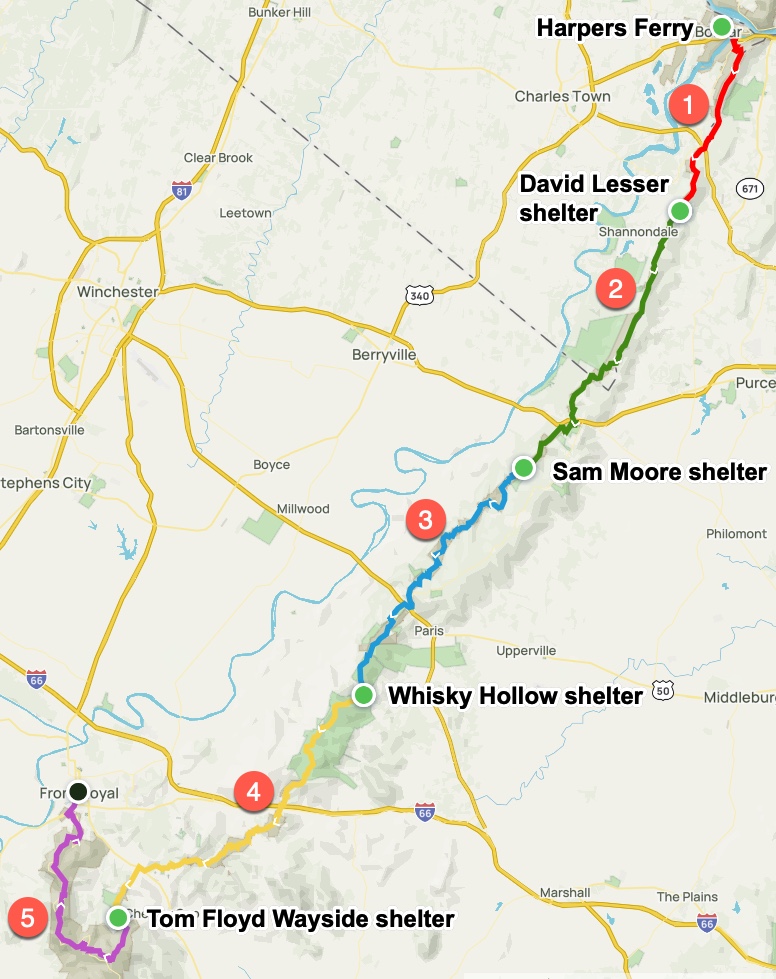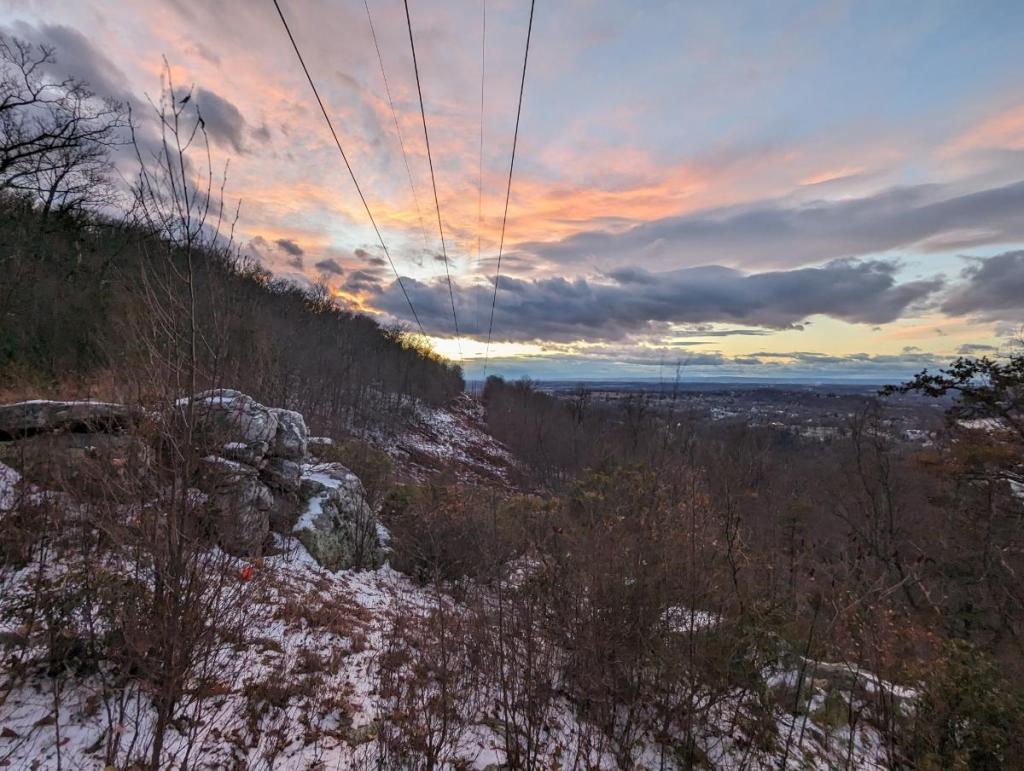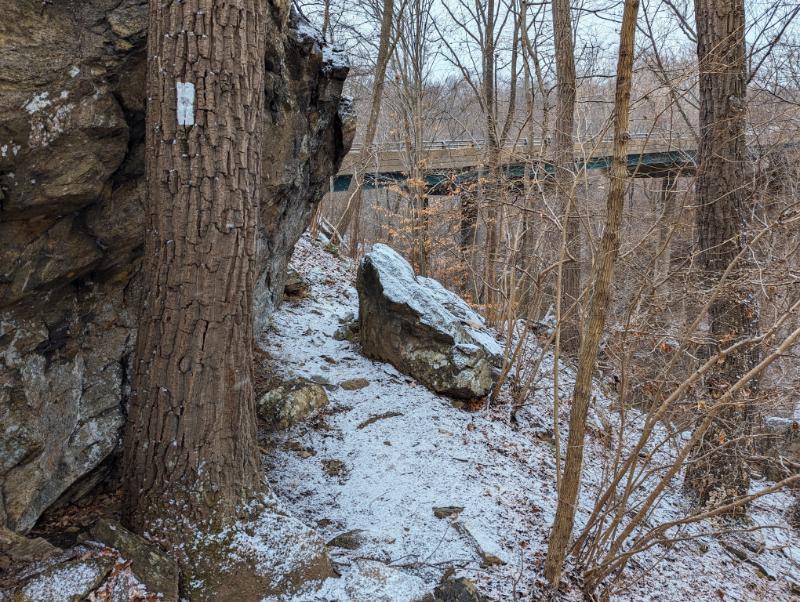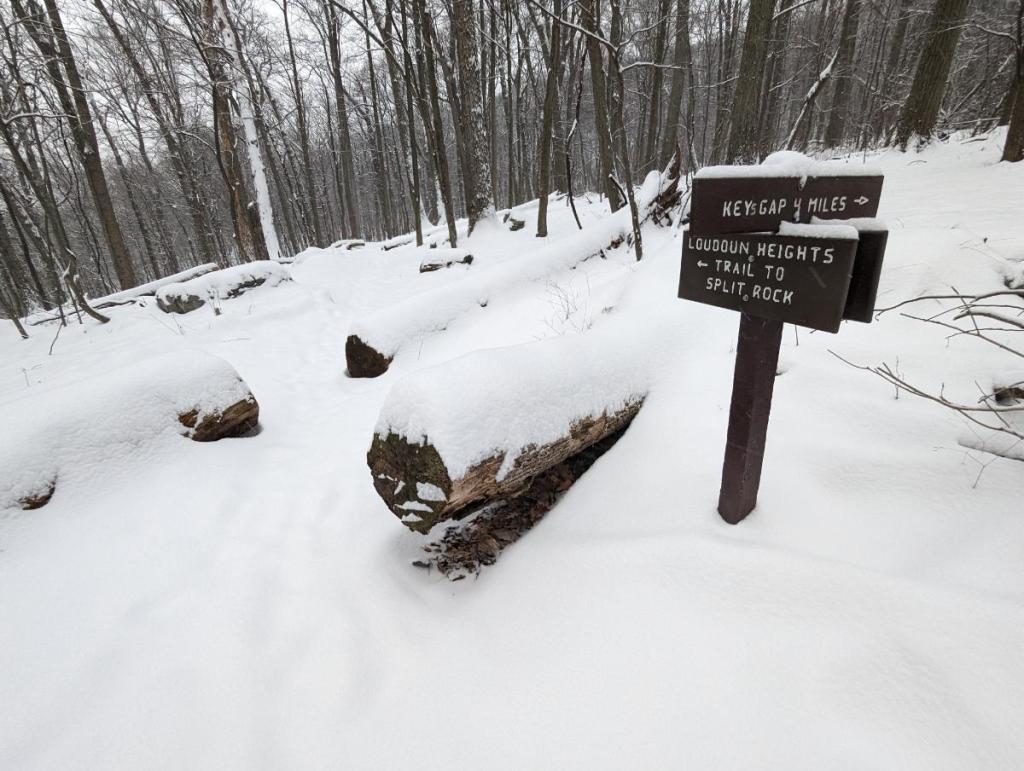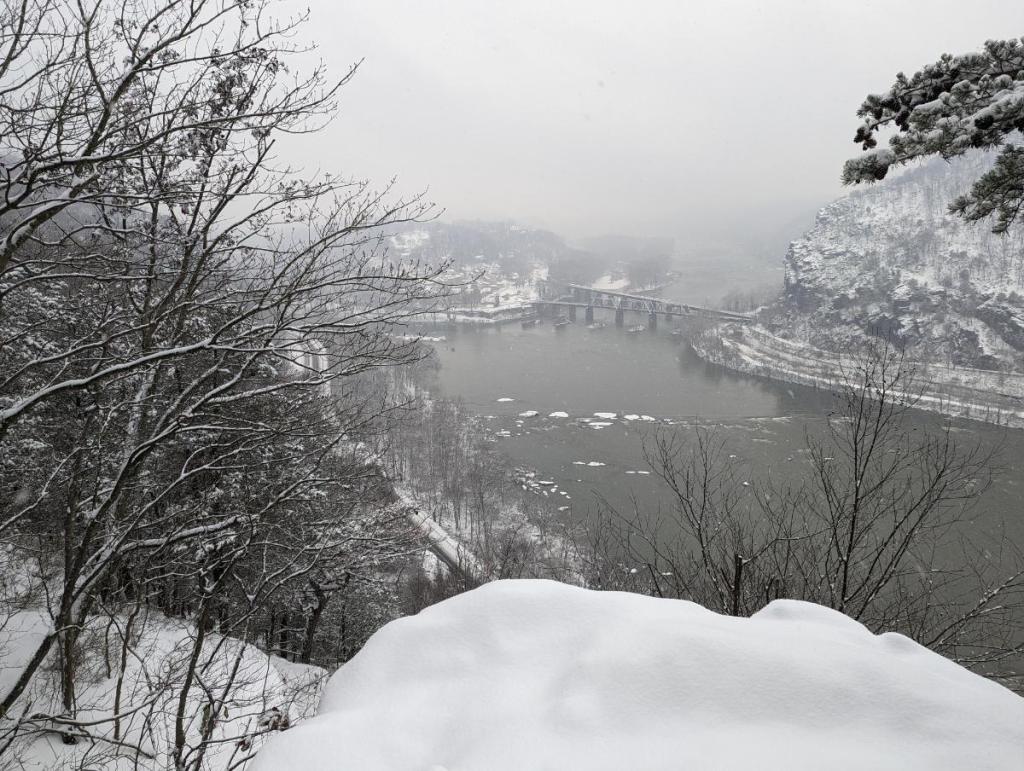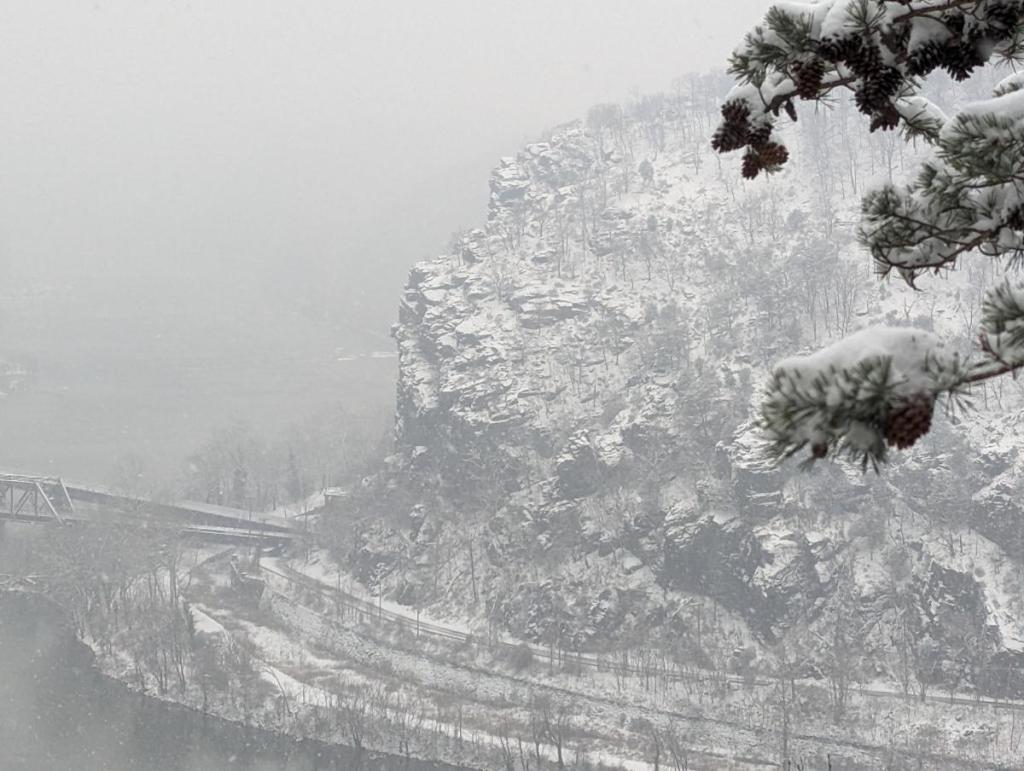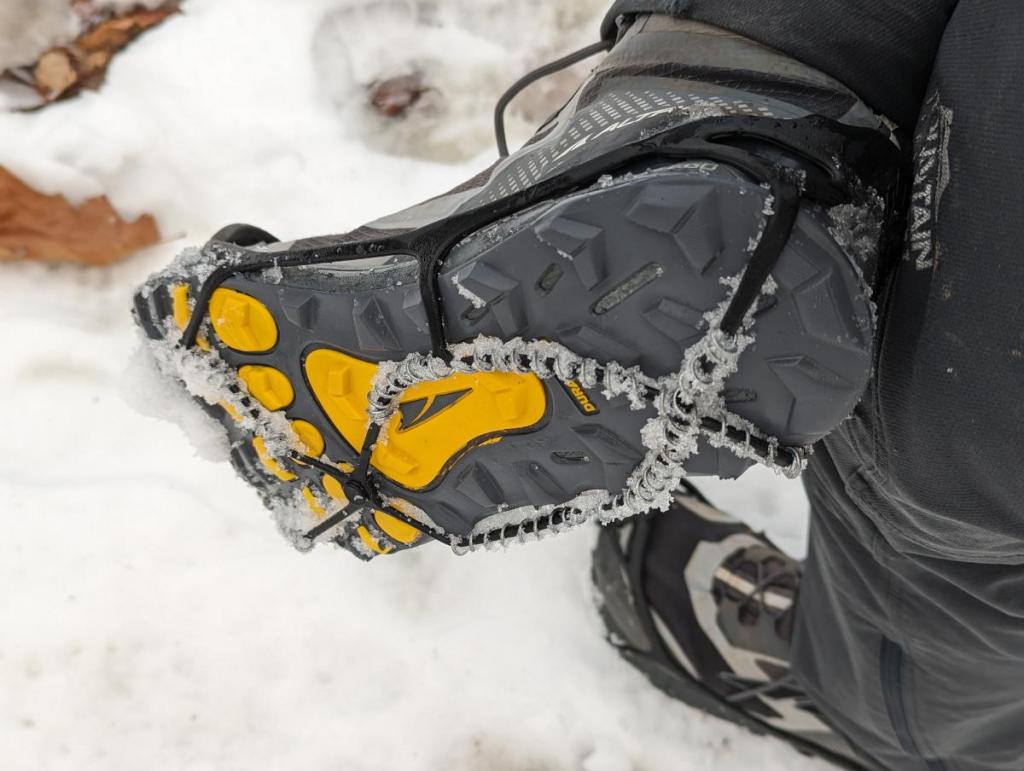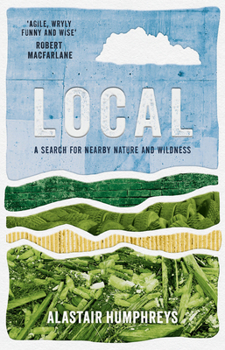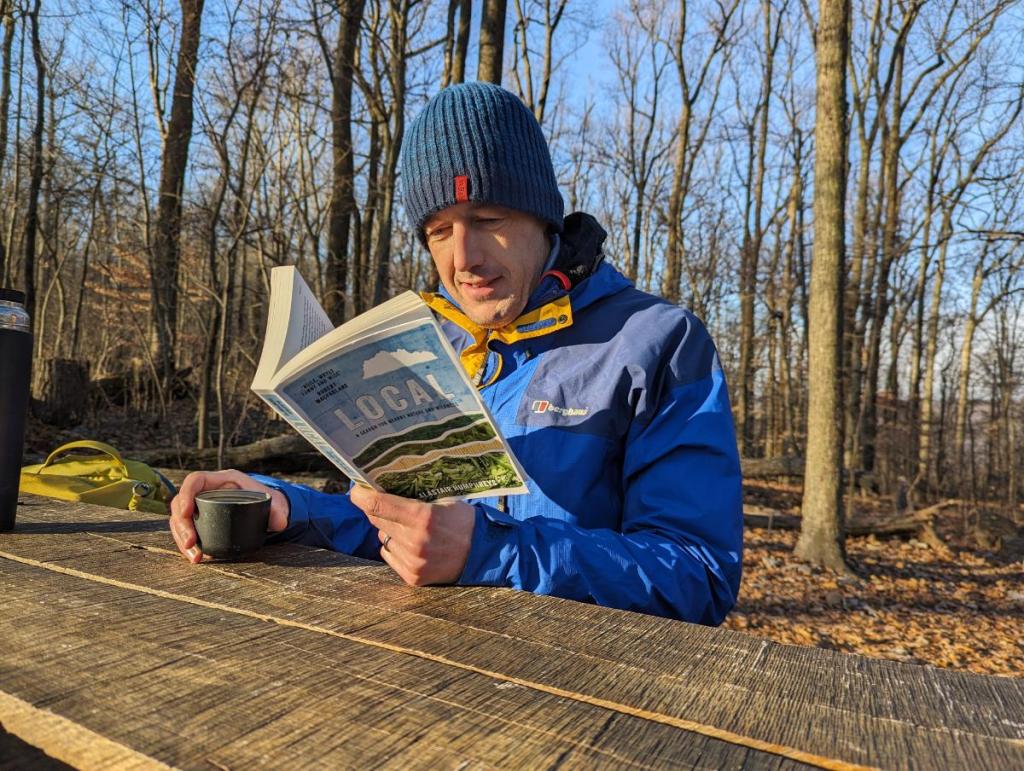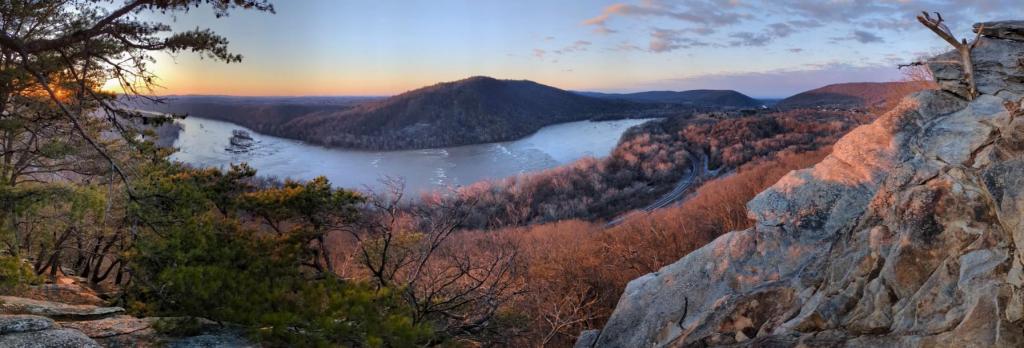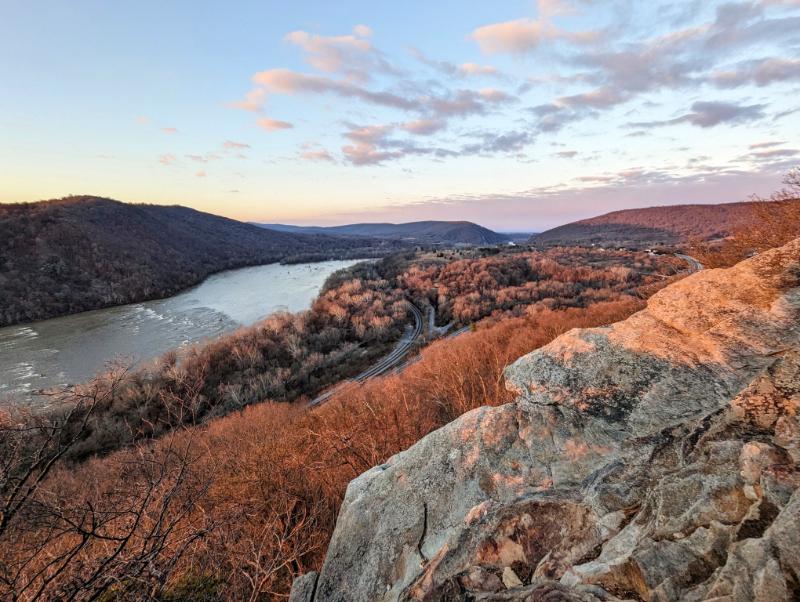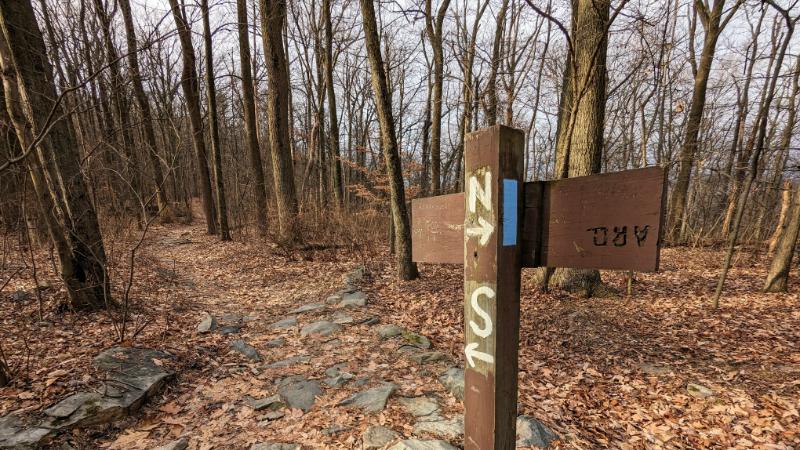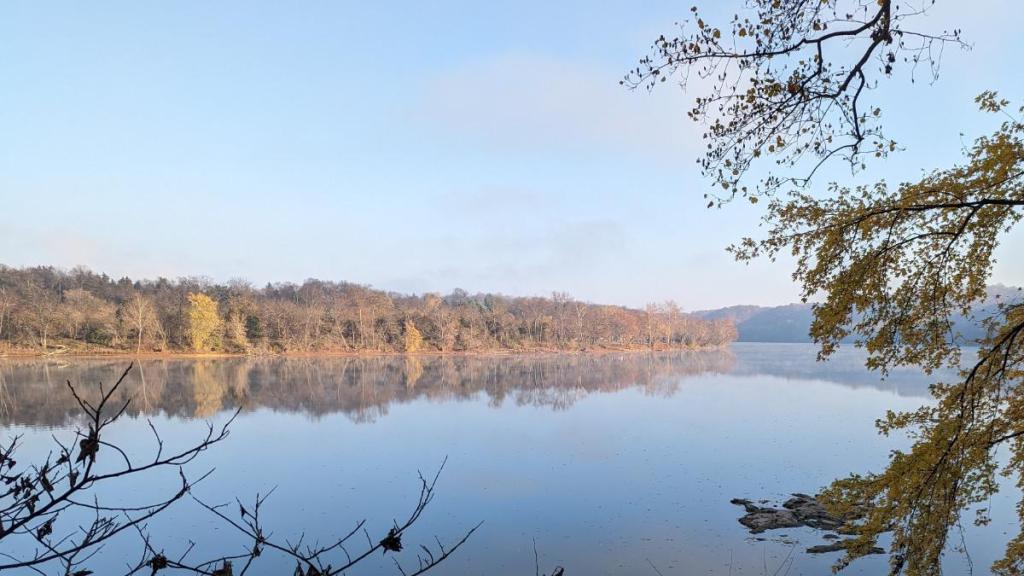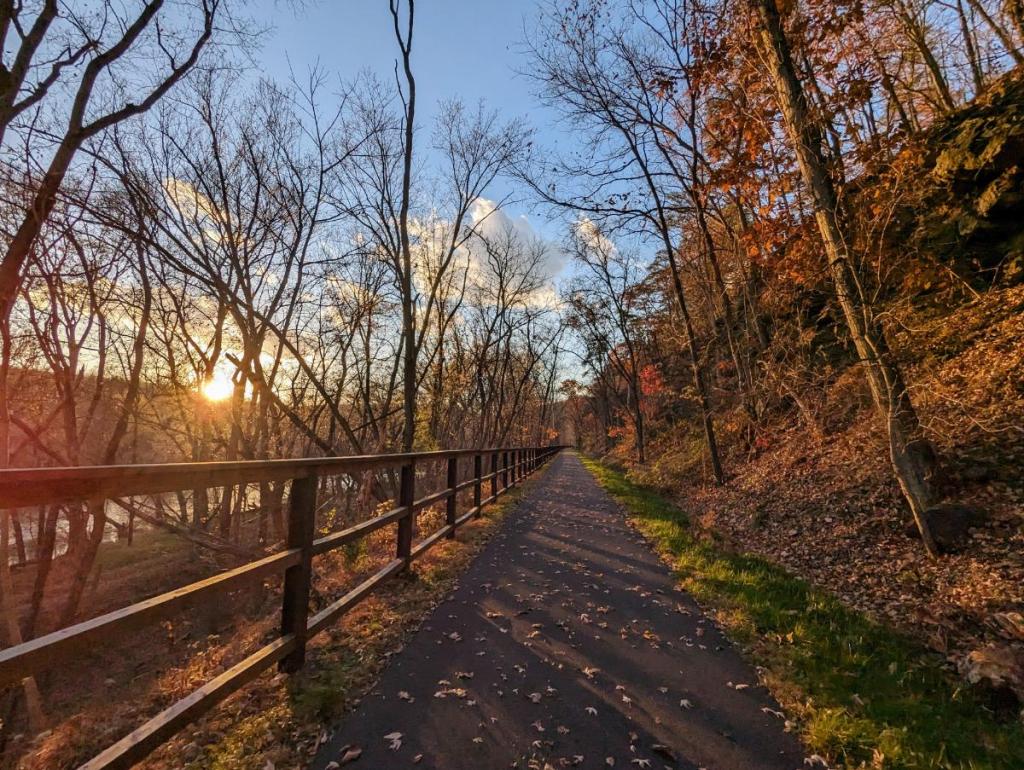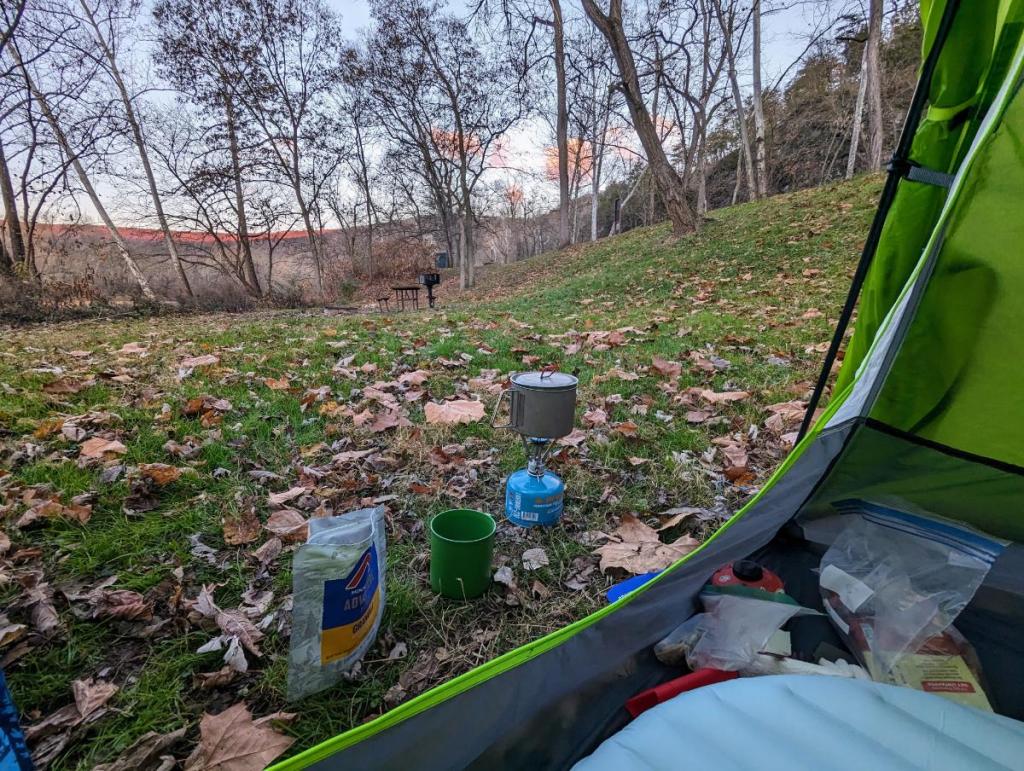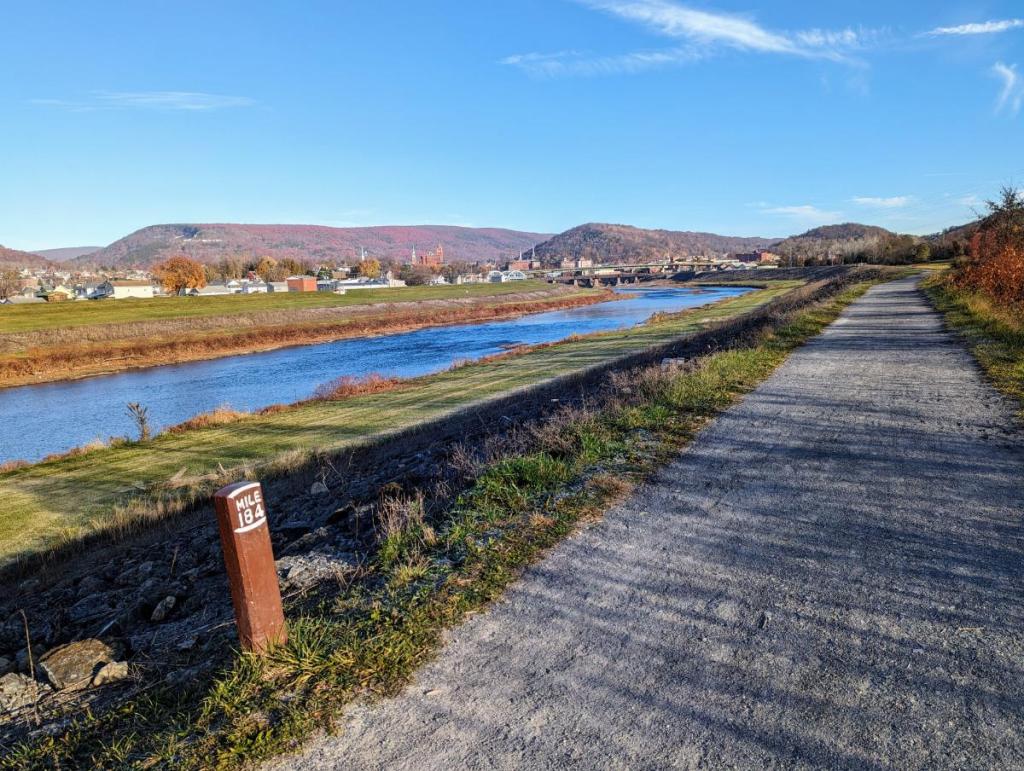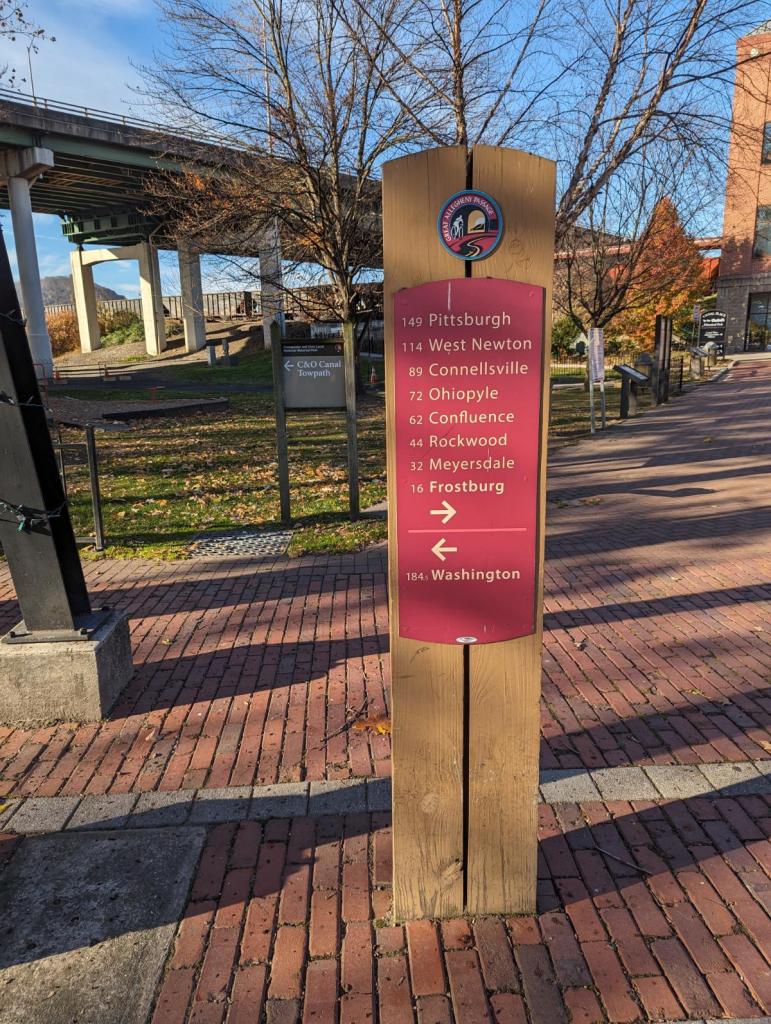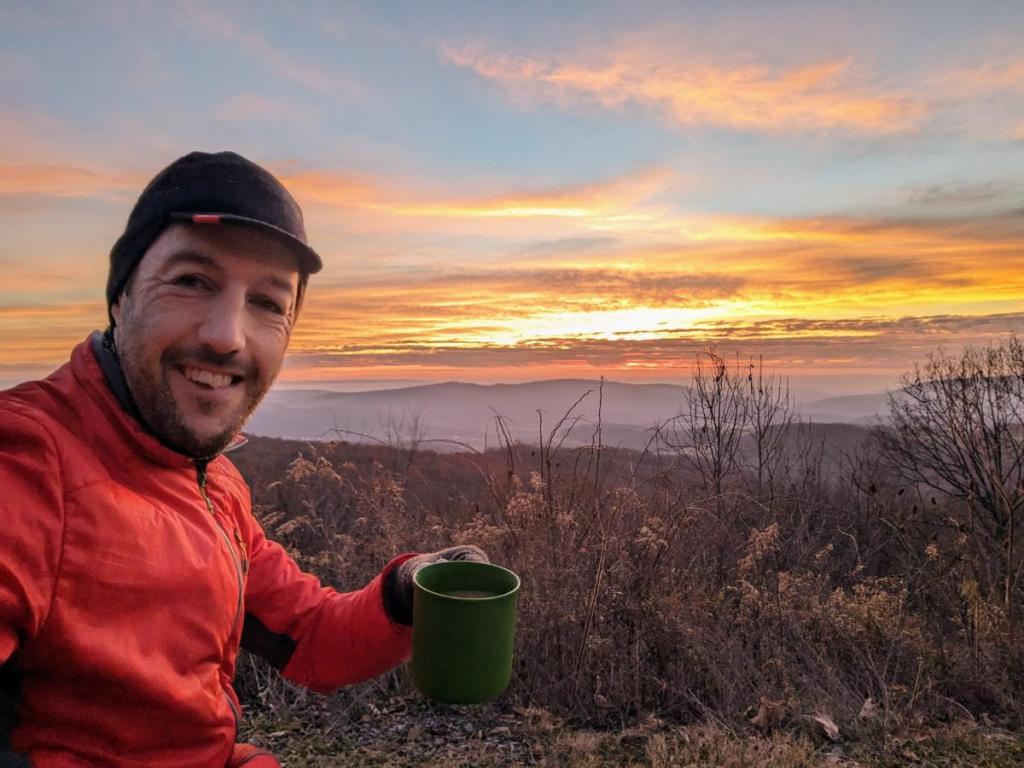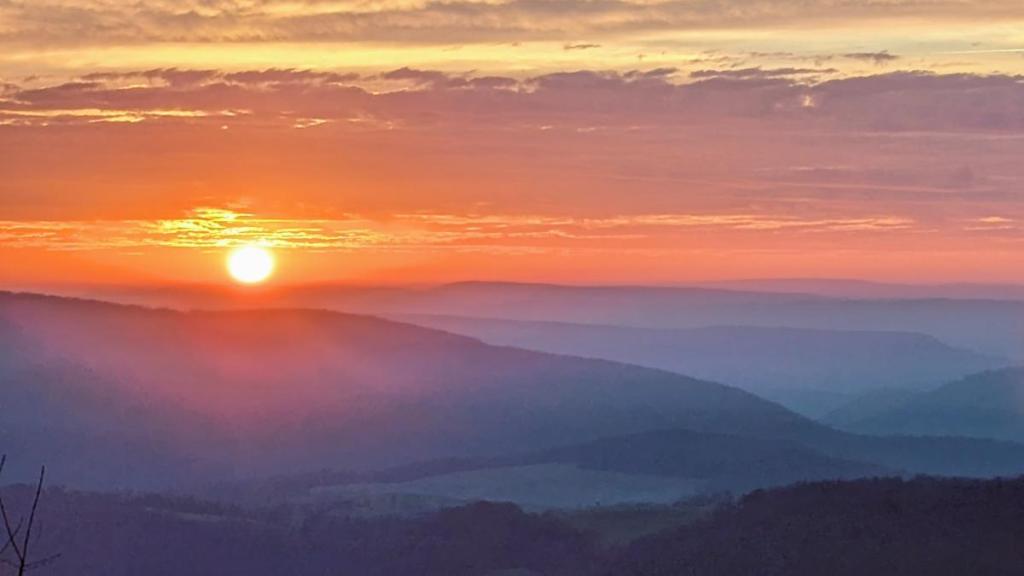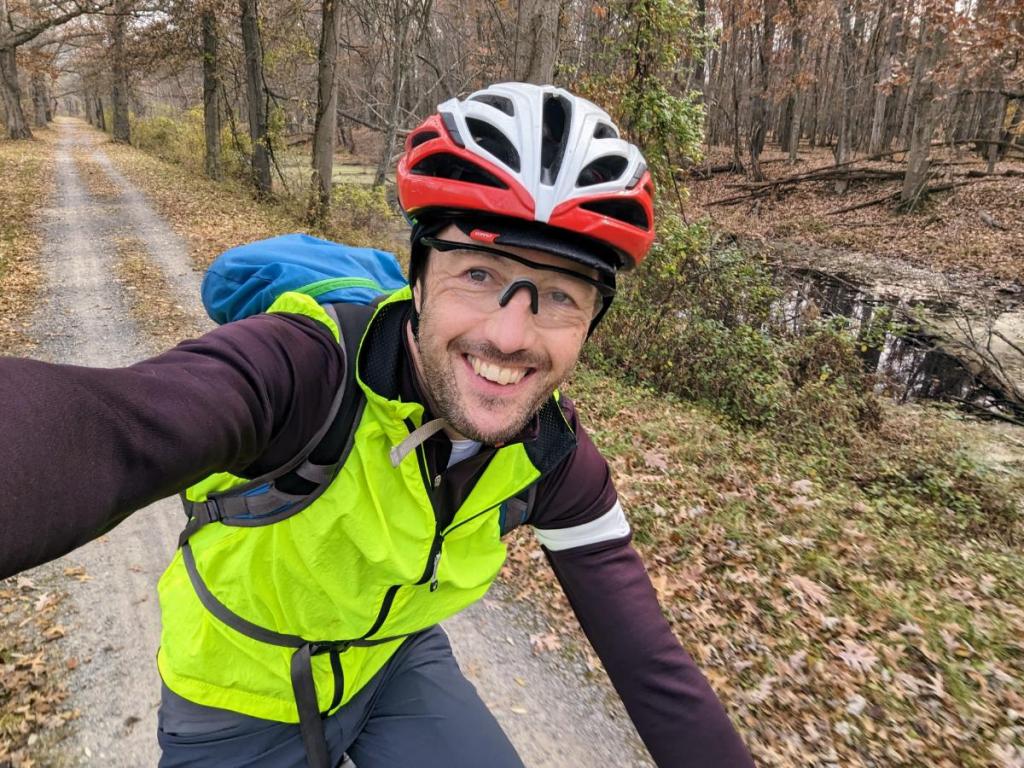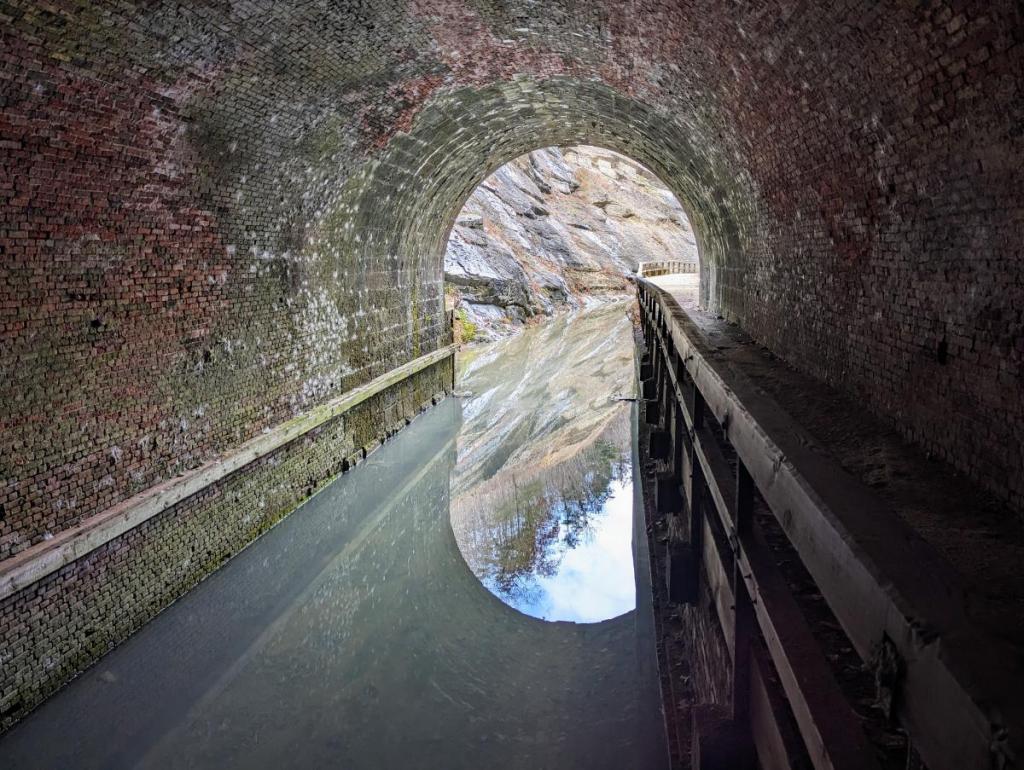26 – 30 March 2024 / 5-days / 72.7 miles
Itinerary
- Tuesday 3/26: 9.8 miles from Harpers Ferry to David Lesser shelter (1,883 ft ascent)
- Wednesday 3/27: 14.8 miles to Sam Moore shelter (3,007 ft ascent)
- Thursday 3/28: 15.8 miles to Whisky Hollow shelter (3,863 ft ascent)
- Friday 3/29: 18.9 miles to Tom Floyd Wayside shelter (4,210 ft ascent)
- Saturday 3/30: 13.4 miles to finish in Front Royal (1,705 ft ascent)
My plan was to follow the Appalachian Trail southbound, setting off from Harpers Ferry, bound for Front Royal.
For the first two-and-a-half days, the trail was familiar: I walked it (in the reverse direction) with my friend Alistair in 2022. Beyond Ashby Gap was new territory though. I’ve wanted to walk this route since we arrived in Harpers Ferry 5 years ago, so it was great to finally make it happen.
Short of time or a millennial? Check out this Instagram photo reel from the trip 😉
Day 1: Harpers Ferry to David Lesser shelter
I got away by lunchtime, the morning consumed in a frenzy of packing, tying up work emails, and fretting about whether I had everything. It’s the same with every multi-day trip.
Nerves settle with the first few footsteps on the trail.

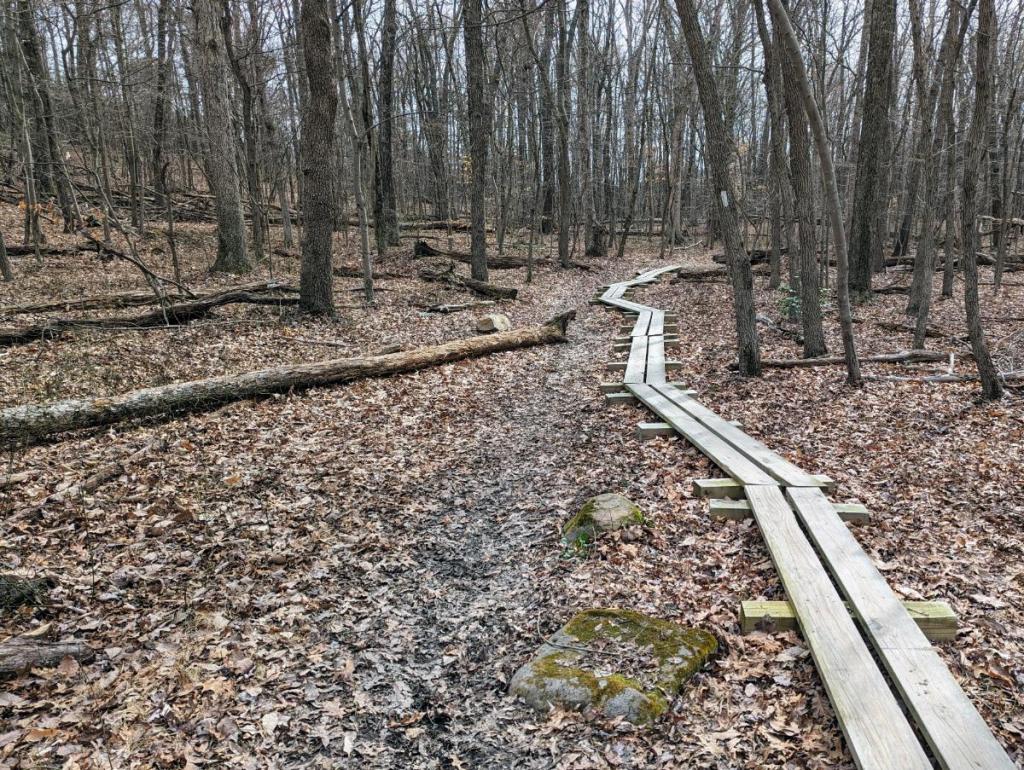

I made good time to the shelter, as I’m deeply familiar with this section of the trail. The evening was cold, wet, and windy, but the rain didn’t fill in until after pitching my tent and having dinner. Three other hikers arrived and decided to stay in the shelter but I didn’t chat with them until the following morning.


Day 2: David Lesser shelter to Sam Moore shelter
Mist hung on the mountain side, a thick grey soup that gave a primordial feeling to proceedings. I love these kind of conditions. Thankfully, the rain petered out by 9. I had a deliberately slow start to the day to avoid it. The tent was sopping wet though.
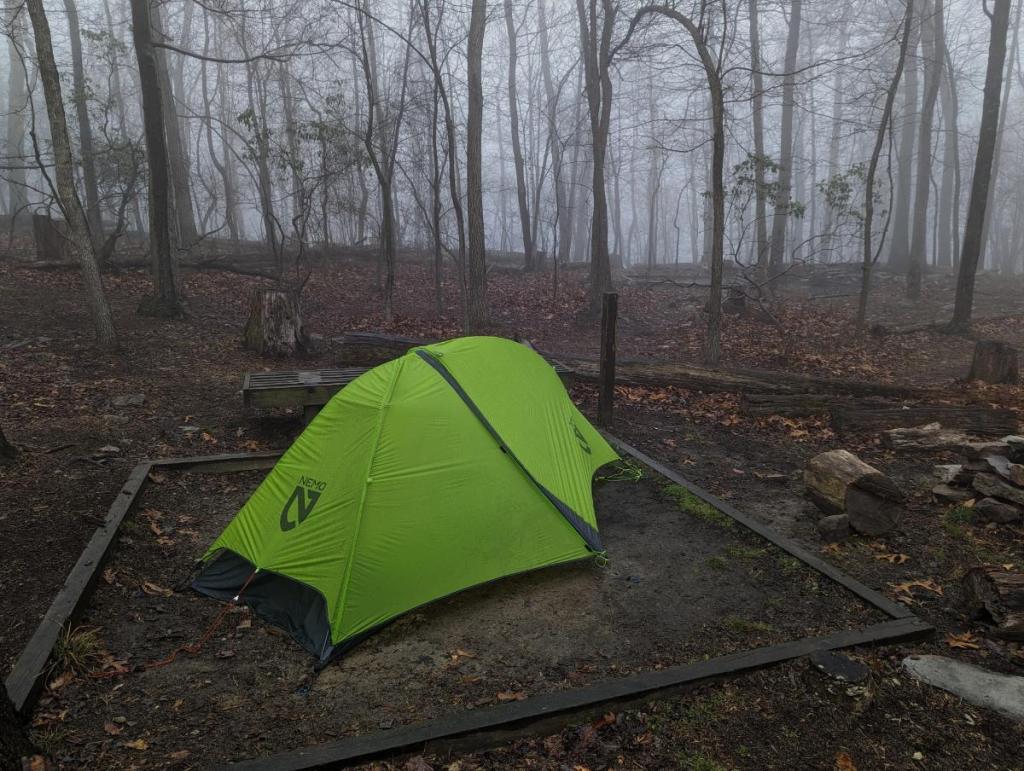



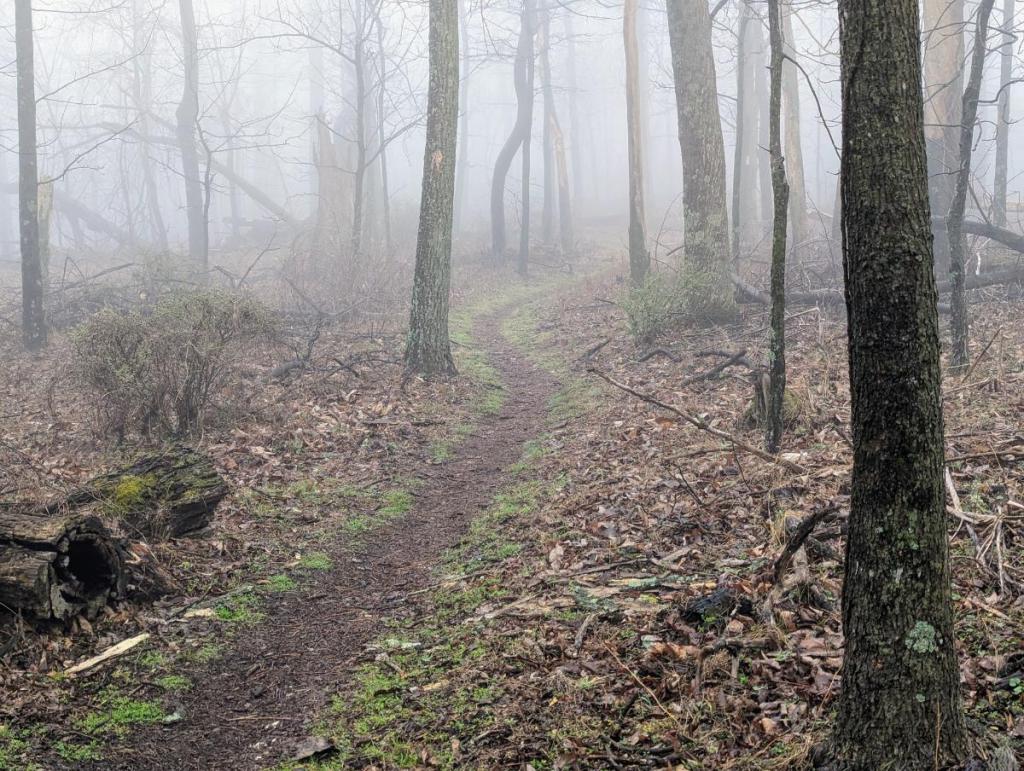



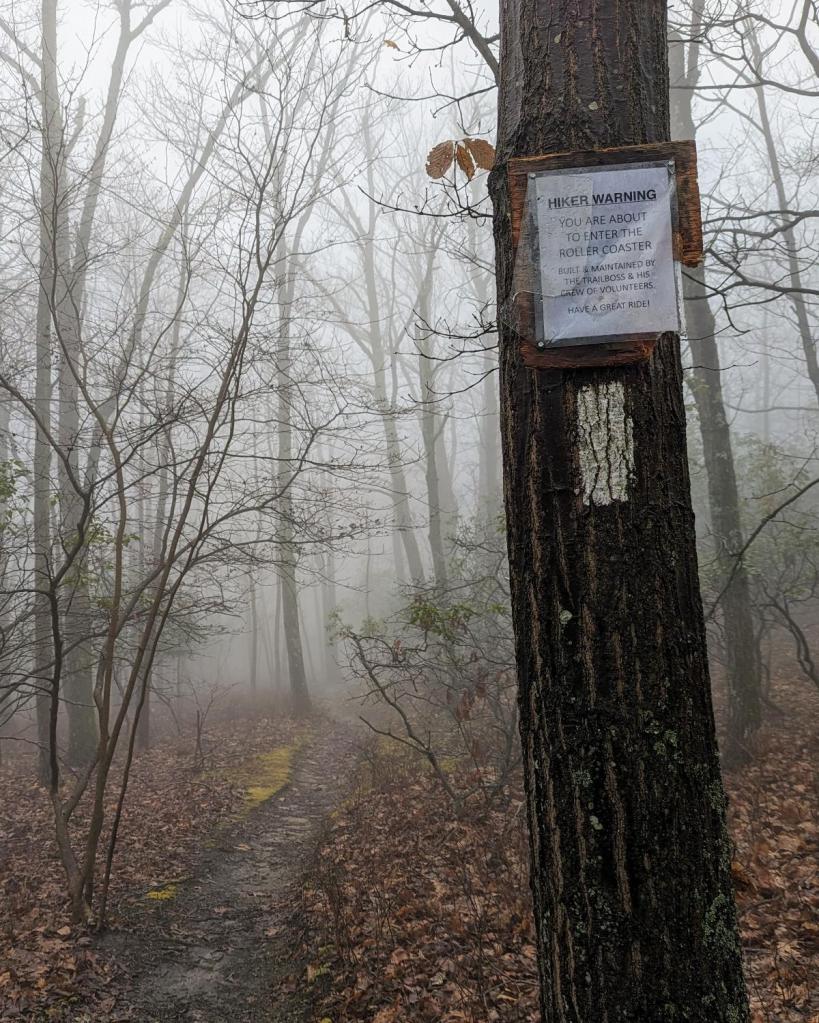






Inspired in part by Alistair Humphrey’s Local book, I use the PictureThis and Merlin apps to identify plants and birds that I see on my walks. It deeply enriches my time in the woods, especially at this time of year when the spring flowers are out.
In addition to the daffodils and bluebells, I saw Bloodroot, Saxifrage, Common Periwinkle, Spring Beauty, Glory of the Snow, Rue-anemone, Violet, Chickweed, Yellow Fumewort, and lots of Cutleaf Toothwort.


Day 3: Sam Moore shelter to Whisky Hollow shelter






When I crossed Ashby Gap (US 50), I walked onto a new-to-me section of trail. From here to Front Royal was entirely untrodden ground for me.
That feeling of venturing into the unknown, with everything I need on my back, is as intoxicating as ever. It’s the same feeling that my 21-year old self experienced setting off to walk across the Pyrenees one summer during University.


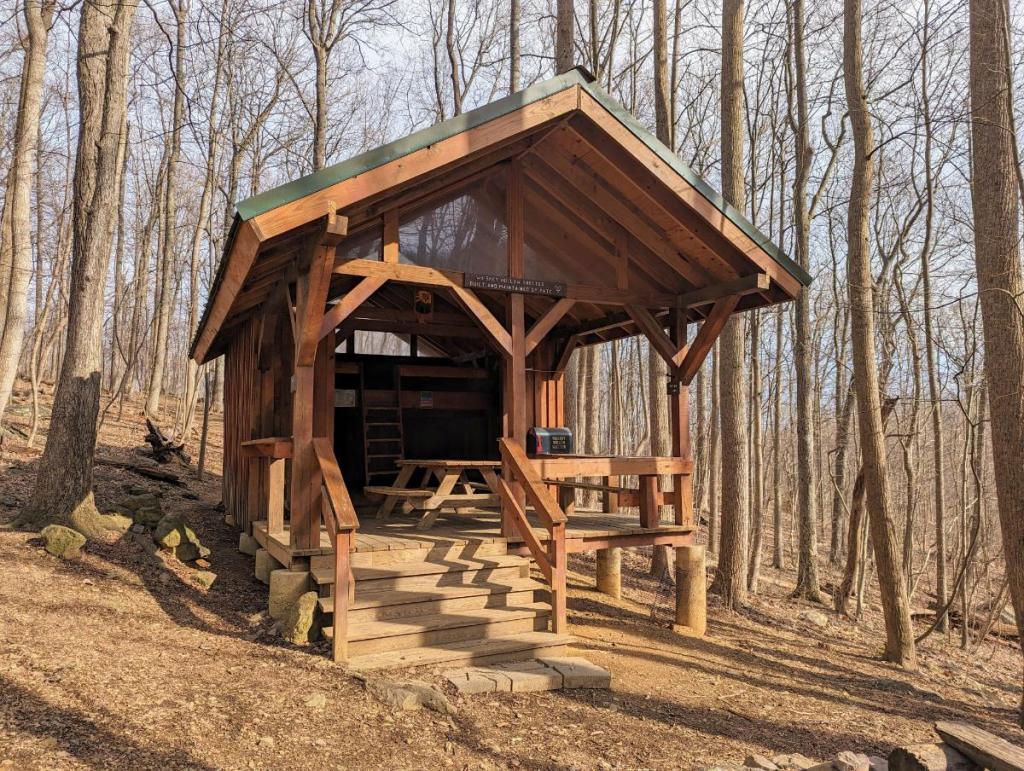


Day 4: Whisky Hollow shelter to Tom Floyd Wayside shelter
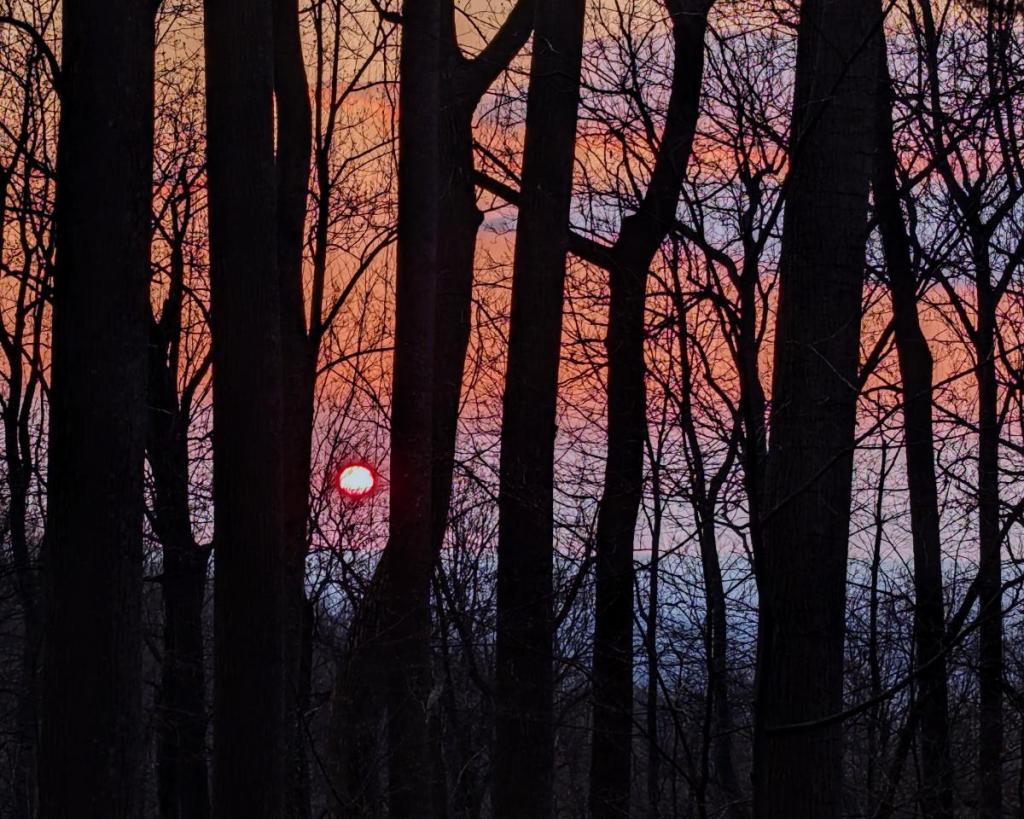


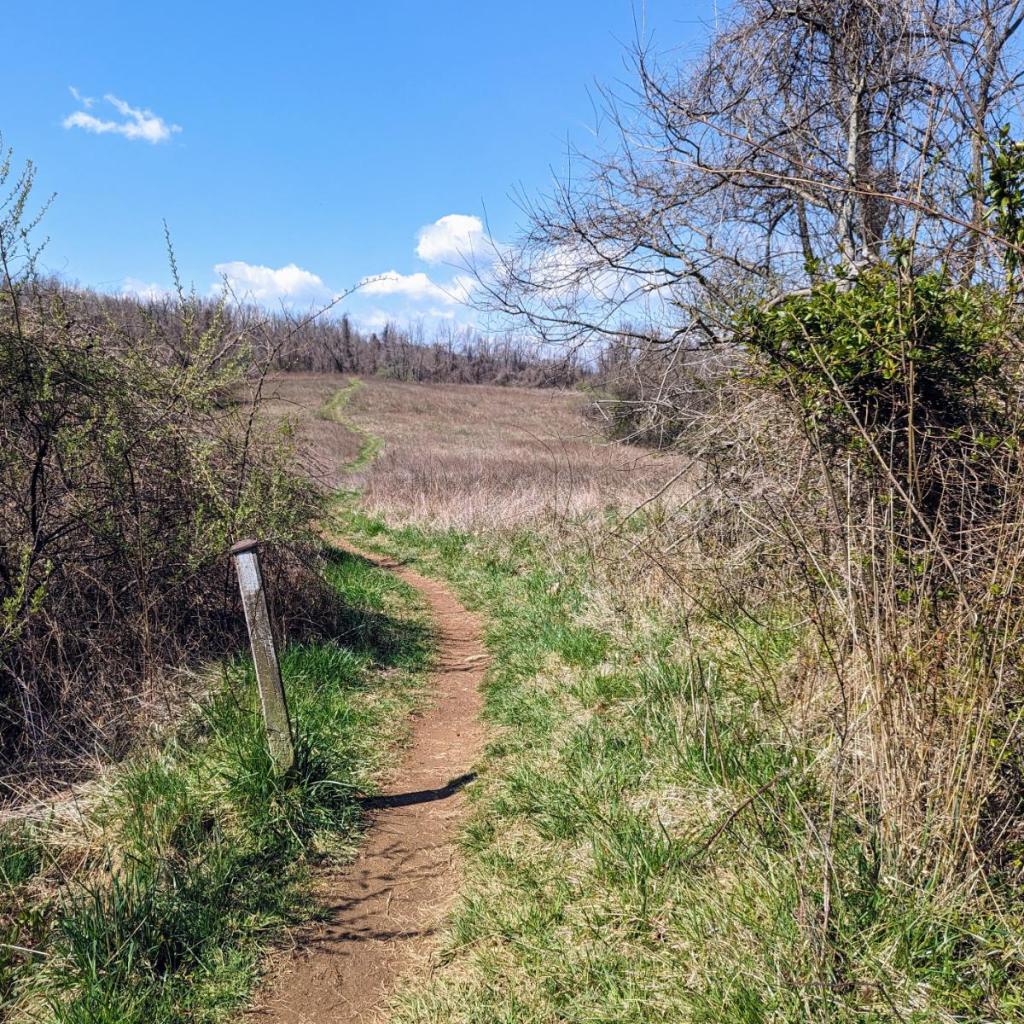


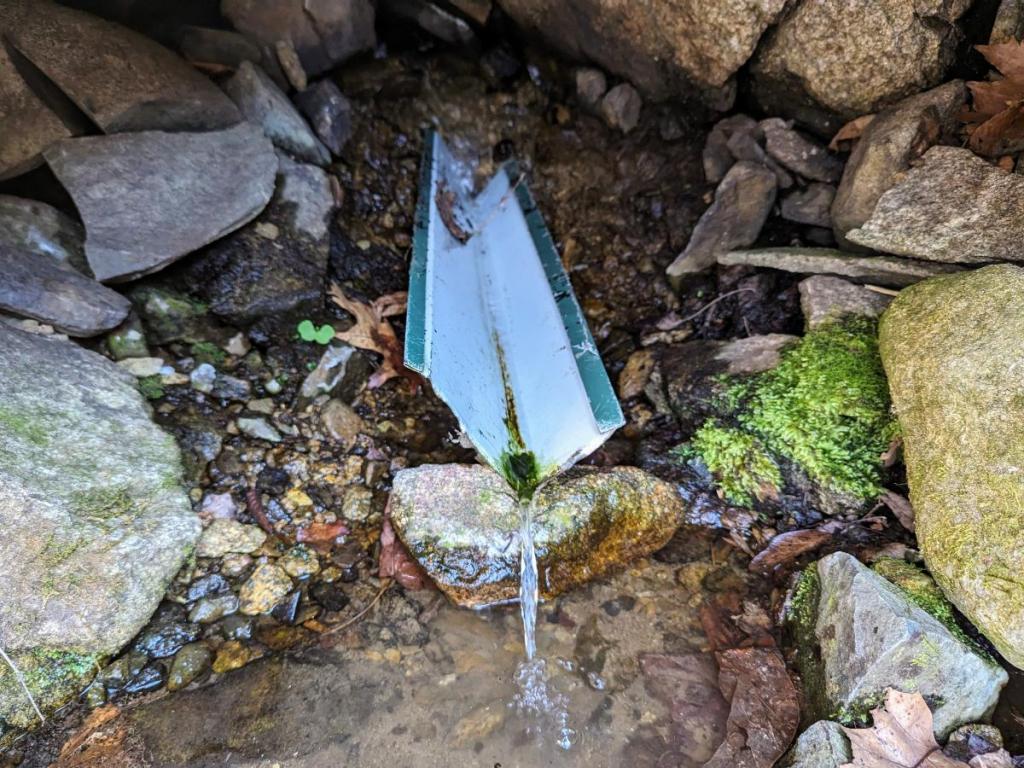


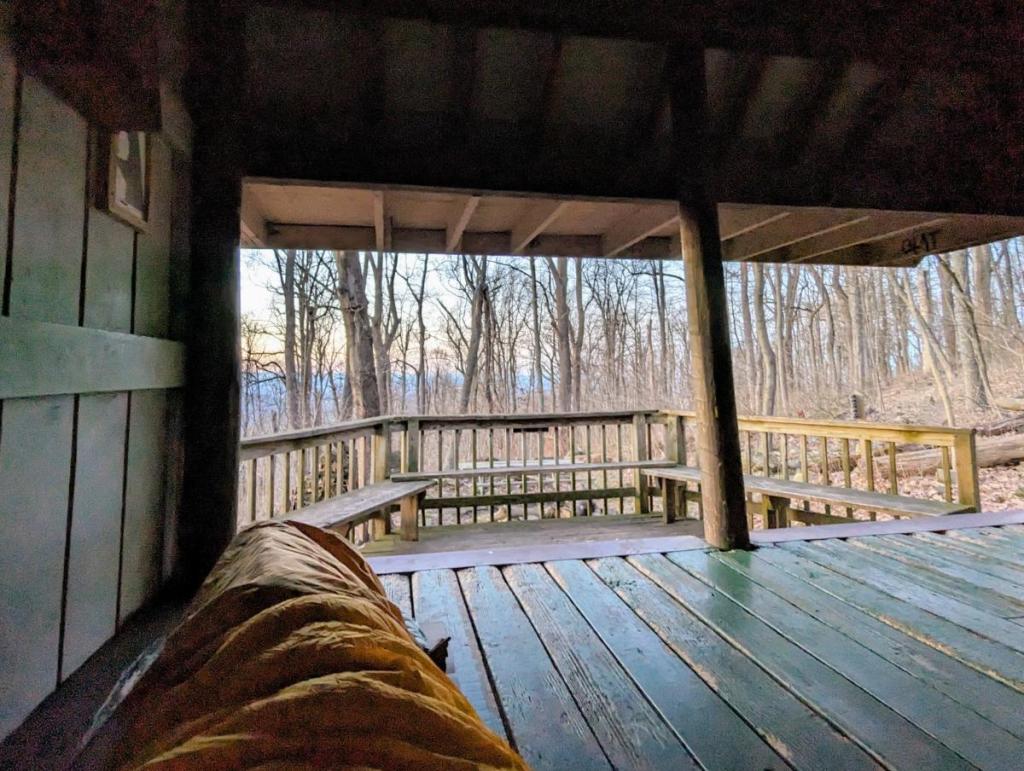
Day 5: Tom Floyd Wayside shelter to Front Royal
A mellow final day on gorgeous Shenandoah trails. I saw more people today than the other four days combined (being a Saturday in a National Park).


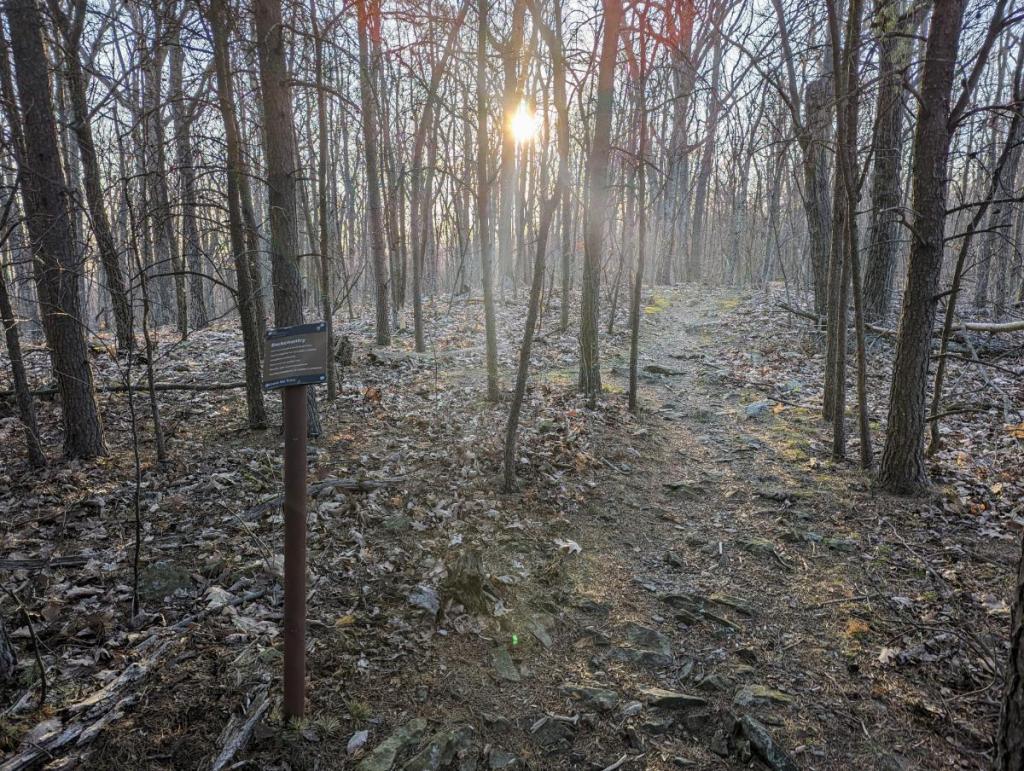

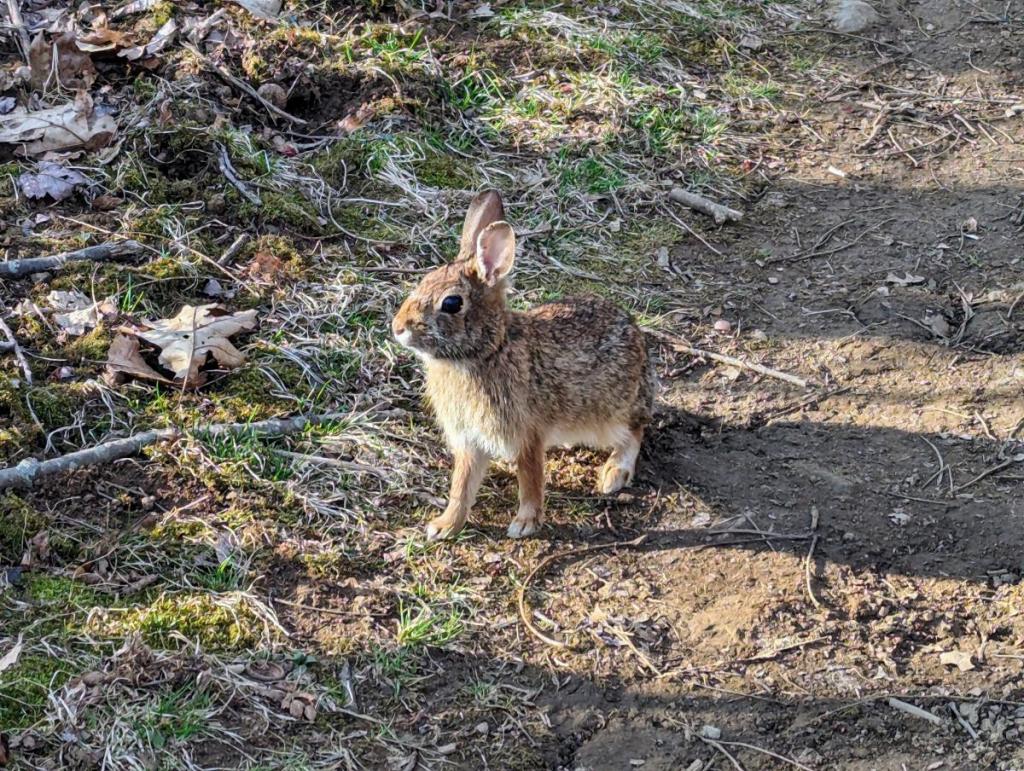



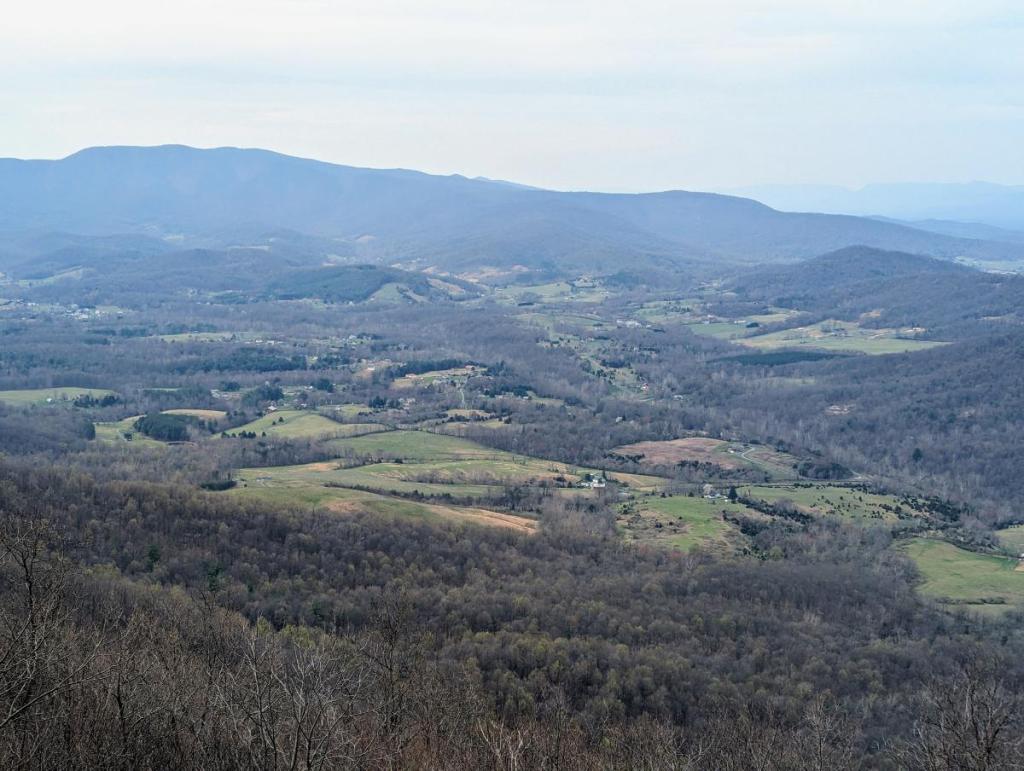


Overall, this was a fantastic five days of backpacking through wonderful scenery. If I had any lingering doubts about my desire to one day hike the whole Appalachian Trail, this trip extinguished them. It’s a paradise for hikers and nature lovers.
